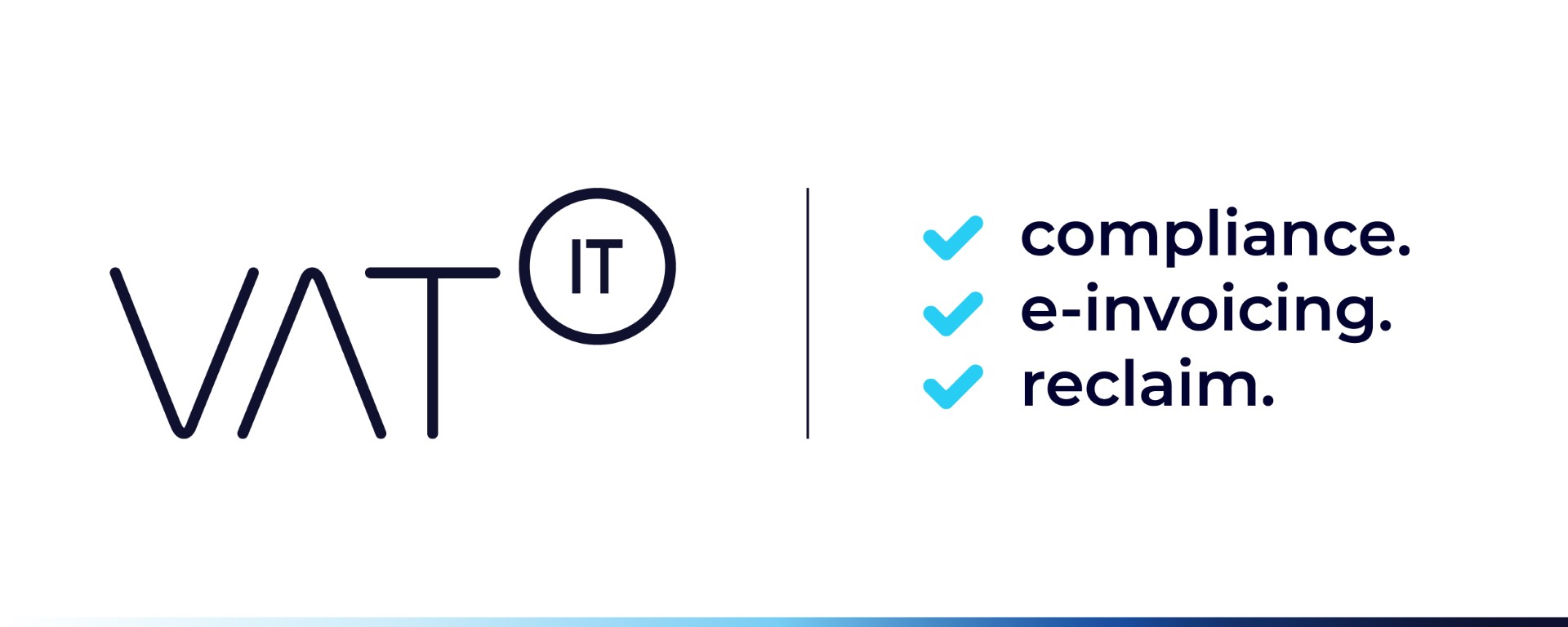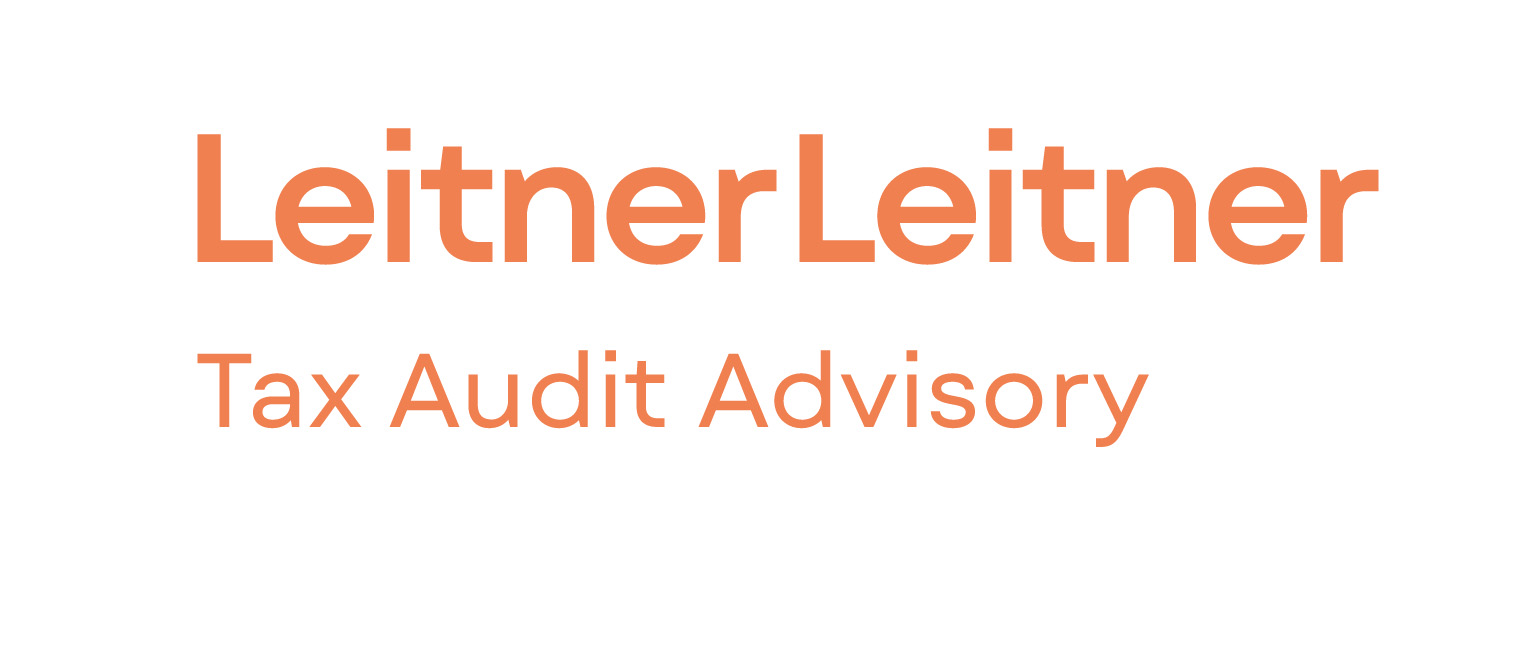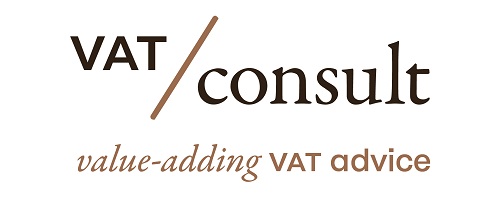Value-added taxes (VAT) make up approximately one-fifth of total tax revenues in European Union countries. However, countries differ significantly in how efficiently they raise VAT revenue. One way to measure a country’s VAT efficiency is the VAT Gap—the difference between revenue that should be collected under an ideal VAT system and the amount that gets collected. The difference in actual and potential VAT revenues is due to 1) a lack of VAT compliance (the “Compliance Gap”), and 2) policy choices to exempt certain goods and services from the VAT or tax them at a reduced rate (the “Policy Gap”).
Source Tax Foundation
Latest Posts in "European Union"
- Playing Music Without Required License Is a Taxable Service, Says Advocate General
- PEM Zone: Implementation Status and Legal Fragmentation of Revised Origin Rules from January 2026
- Innovative Customs Education Workshop Spurs Collaboration; Final Chance for Universities to Apply for EU Recognition
- Briefing documents & Podcasts: VAT concepts explained through ECJ/CJEU cases on Spotify
- Navigating VAT Exemptions: Recent ECJ Judgments and Their Implications for Intra-Community Transactions and Imports














